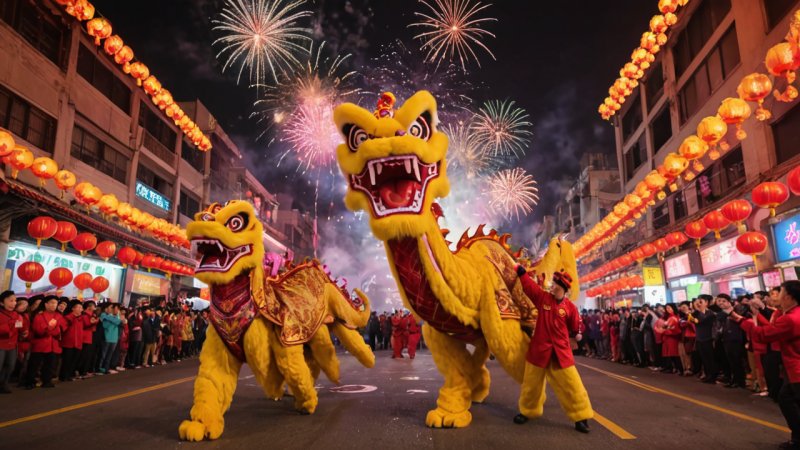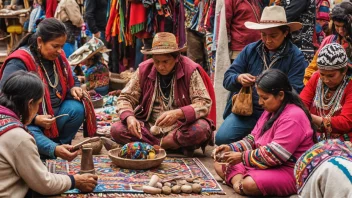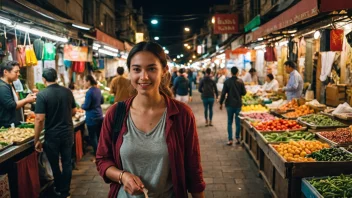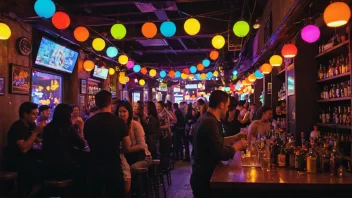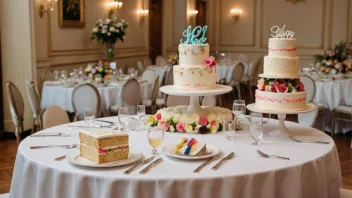Chinese New Year, also known as Lunar New Year or Spring Festival, is one of the most significant and vibrant celebrations worldwide. This festival marks the beginning of the lunar calendar and is a time for families to come together, honor ancestors, and celebrate new beginnings. As the festival is celebrated by millions across the globe, each region adds its unique flavors and traditions, making it a fascinating event to explore.
One of the most iconic aspects of Chinese New Year is the vibrant parades filled with dragon dances, lion dances, and fireworks that light up the night sky. In cities like San Francisco and Sydney, the celebrations attract thousands of spectators each year. The San Francisco Chinese New Year Parade is one of the largest in the United States, showcasing stunning floats, intricate costumes, and traditional Chinese music. Similarly, Sydney's festivities include a dazzling display of cultural performances, food stalls, and a spectacular fireworks show over the harbor.
In Asia, the celebrations are equally grand. In China, the Spring Festival is celebrated with family reunions, where people travel long distances to be with loved ones. The atmosphere is filled with red decorations symbolizing good luck and prosperity. Traditional foods such as dumplings, fish, and rice cakes are prepared, each with its significance. For instance, dumplings are shaped like ancient gold ingots, symbolizing wealth, while fish represents surplus and abundance.
Vietnam boasts its own Lunar New Year celebration known as Tet. This festival emphasizes family gatherings, paying respects to ancestors, and welcoming the new year with traditional foods like Banh Chung (square sticky rice cakes) and pickled vegetables. The streets are adorned with peach blossoms and kumquat trees, symbolizing fertility and prosperity. The Vietnamese also celebrate Tet by visiting family graves, ensuring that their ancestors are honored during this important time.
In Malaysia and Singapore, the Chinese New Year is a public holiday celebrated with grand festivities. The streets come alive with street fairs, and the traditional practice of giving red packets containing money to children and unmarried adults is a common sight. The food culture here is rich, offering a mix of traditional Chinese dishes and local delicacies, creating a unique culinary experience for festival-goers.
Celebrating Chinese New Year also provides an opportunity to learn about and appreciate the diverse cultures that partake in the festivities. From the intricate rituals of the Taiwanese celebrations to the vibrant street parties in Malaysia, each celebration offers insight into how culture can unite people and foster community spirit.
In conclusion, the traditional celebrations of Chinese New Year across the globe showcase the rich tapestry of cultures that honor this significant festival. Whether you find yourself amidst the dragon dances in San Francisco, the Tet festivities in Vietnam, or the colorful parades in Malaysia, there is a universal theme of family, gratitude, and hope for the future. Embracing these traditions not only enriches our understanding of Chinese culture but also highlights the common threads that connect us all during this joyous occasion.
